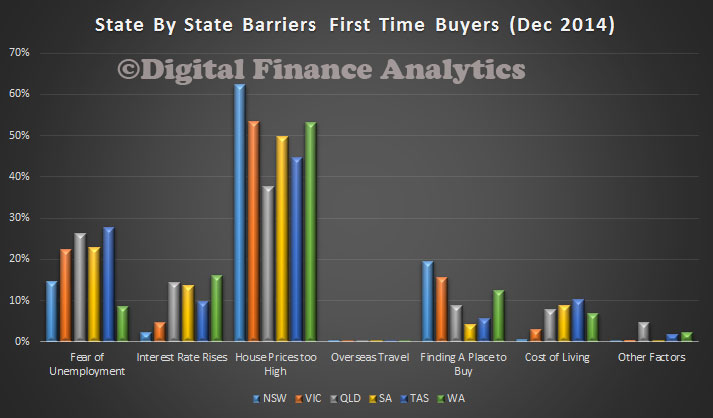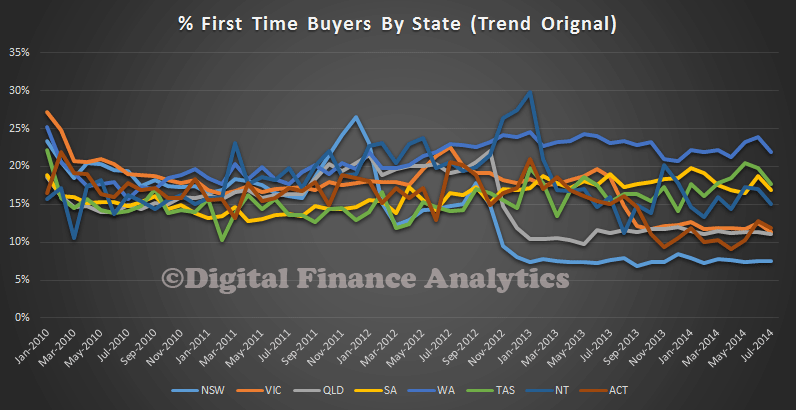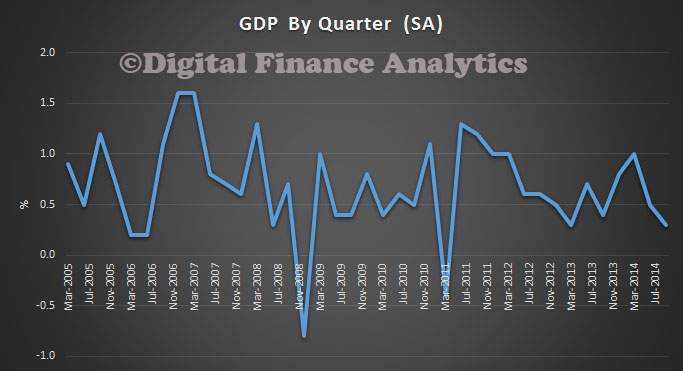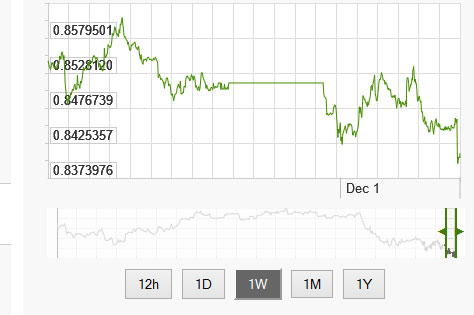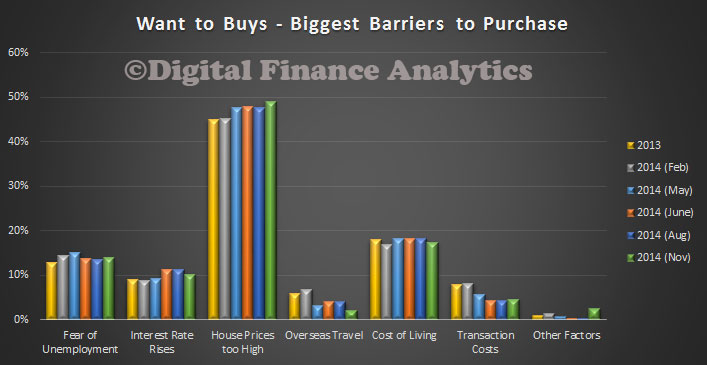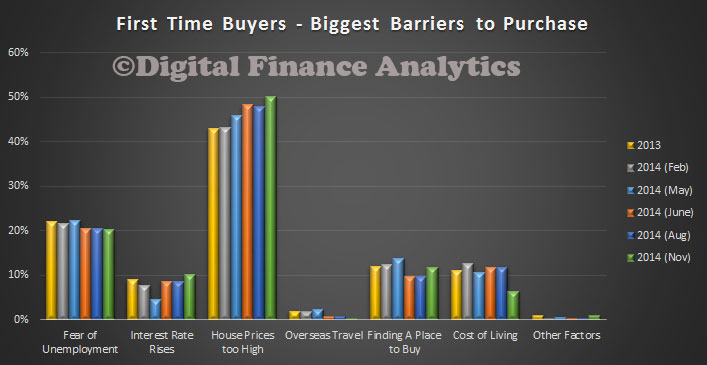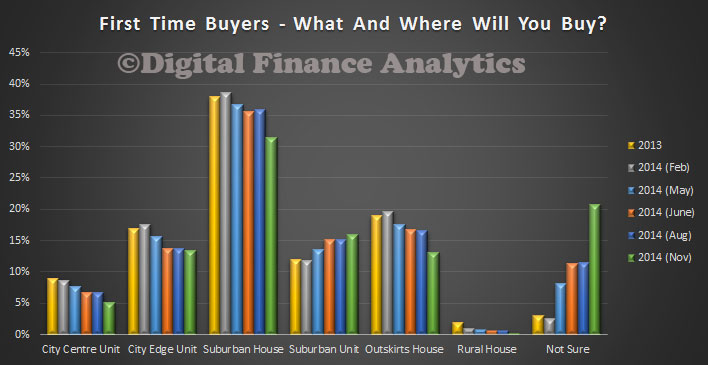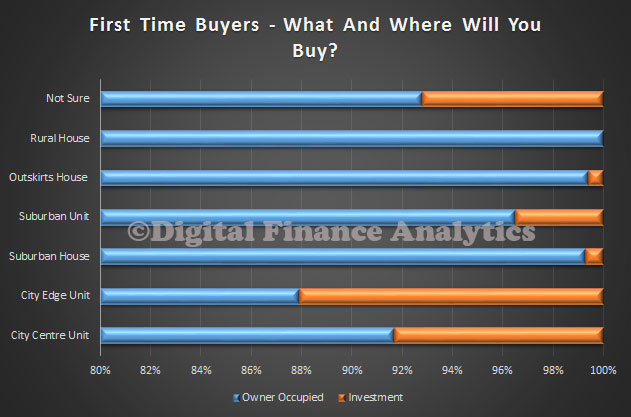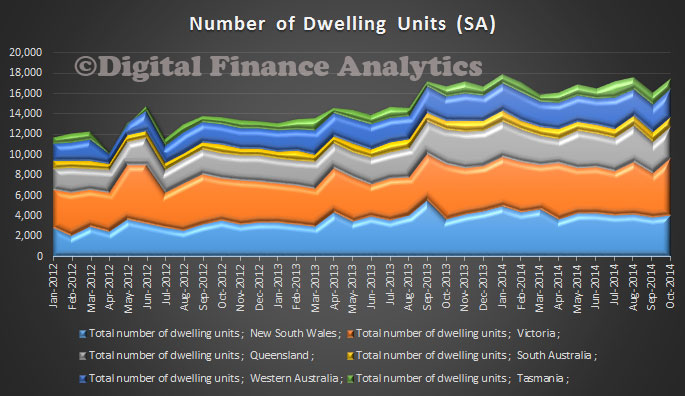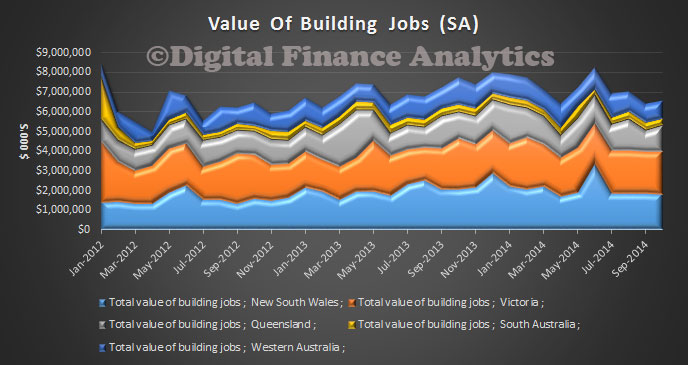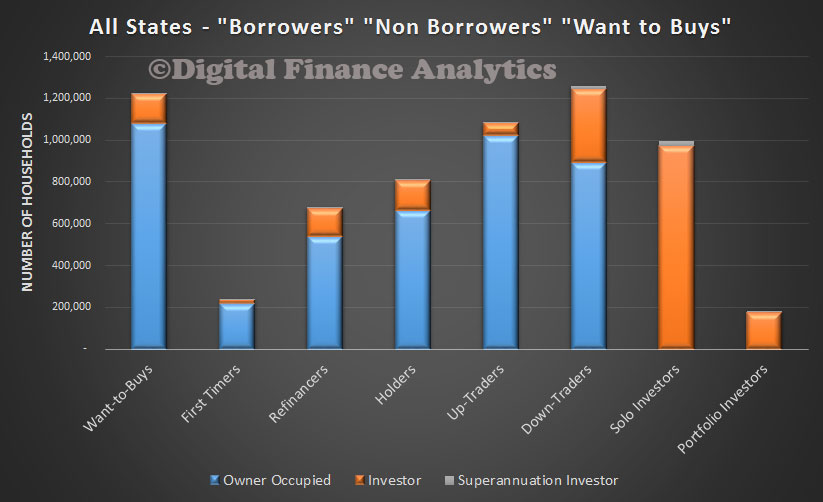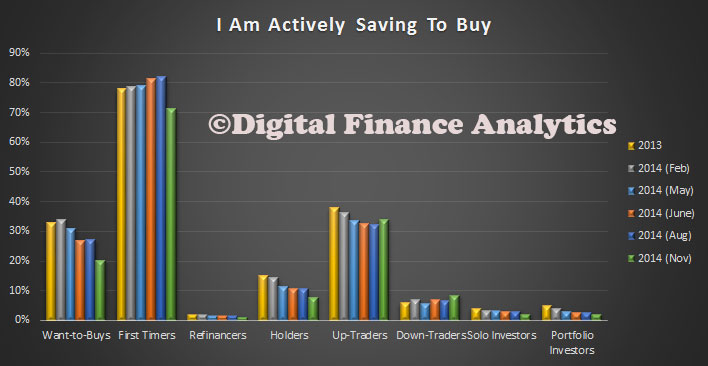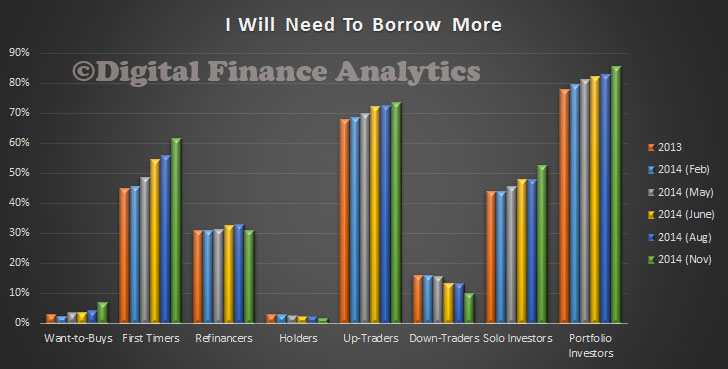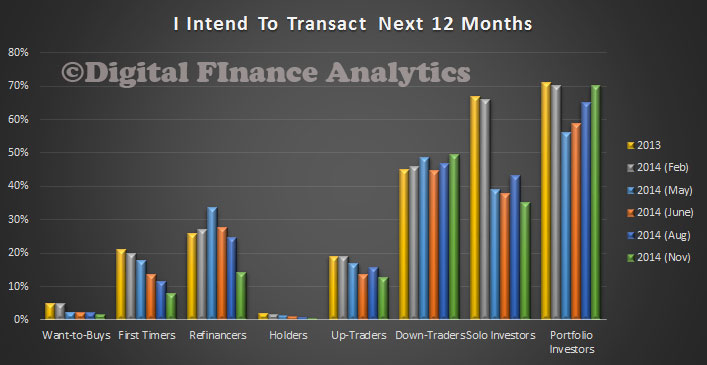SocietyOne, Australia’s first and largest Peer-to-Peer (P2P) lender has announced the successful completion of a Series B capital raise with a consortium of eminent Australian investors, made up of Consolidated Press Holdings (CPH), News Corp Australia and Australian Capital Equity. The consortium will acquire 25 per cent of the business initially.
Matt Symons, Chief Executive Officer and co-founder with Greg Symons of SocietyOne said: “This investment marks a new and exciting chapter for SocietyOne and for the acceleration of P2P Lending in Australia. We are thrilled to partner with investors of this calibre with their unparalleled track record for building successful businesses in Australia and overseas”.
Regarded by some as the future of banking, P2P lending or marketplace lending as it is also known, is growing rapidly worldwide with considerable success in markets such as the United States and Europe. Investors have been particularly excited by the significantly increased returns from removing the intermediary from the lending markets. The largest P2P lender in the US, Lending Club, is now originating over USD$1 billion in personal loans per quarter and is expected to launch its much-anticipated public offering before year-end. The listing will create a global benchmark for the new industry.
Speaking on behalf of the consortium of CPH, News Corp Australia and Australian Capital Equity, Mr James Packer said: “We have seen first-hand the power of technology in reshaping the media industry and I am excited about the potential of technology, led by the team at SocietyOne, to help reshape the financial services industry in Australia. We see enormous potential in delivering significant savings to borrowers as well as providing new innovative products that will also be attractive to the investor market. Peer-to-Peer lending is one of the global forces leading the transformation of banking by putting people, not intermediaries, at the centre of the borrowing and lending experience.”
The Westpac Group-backed venture capital fund Reinventure has also agreed to participate in the latest capital raising following its initial investment in February 2014 as part of an earlier $8.5m raising.
“We continue to be impressed by the growth of the model and the execution of this team. This new round of investment brings together the best group of strategic investors in the country,” said Simon Cant, Co-founder and Managing Director of Reinventure. “This is consistent with our approach of backing experienced entrepreneurs, proven models and driving value to ensure they win their market.”
SocietyOne uses a risk-based pricing approach and its proprietary ClearMatch technology platform to offer creditworthy borrowers a better deal and investors direct access to an attractive new fixed income investment option. Borrowers with good credit histories benefit from personalised rates that are generally much lower than standard credit cards and up to 5% lower than personal loans from the major banks.



